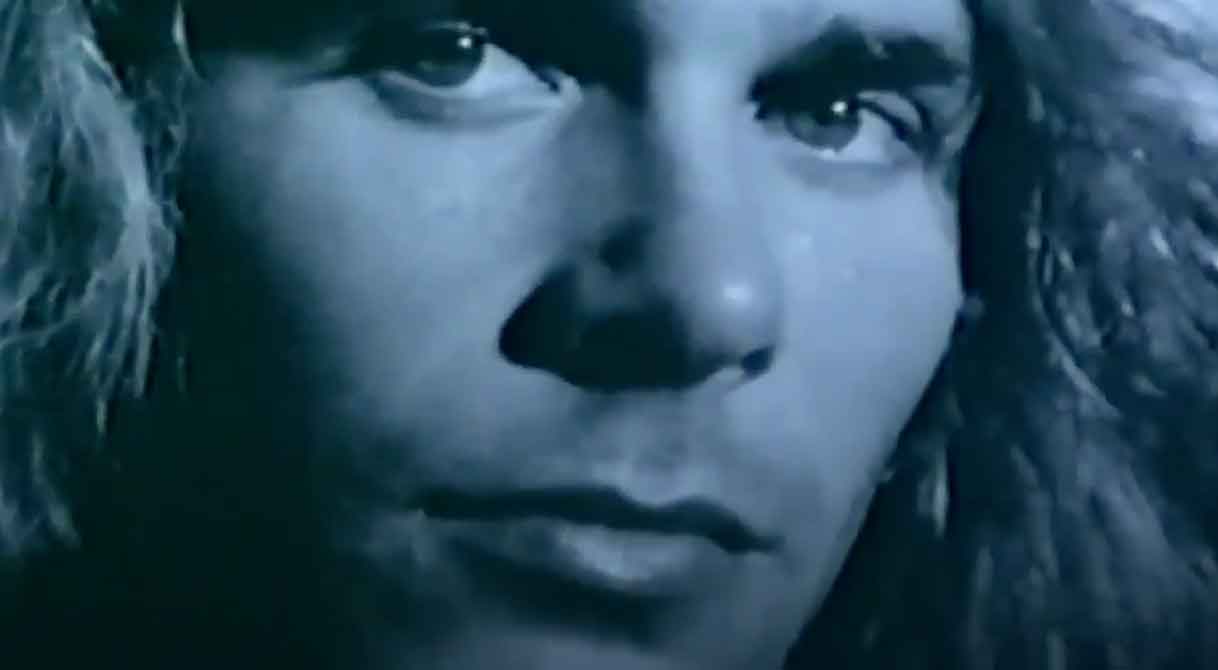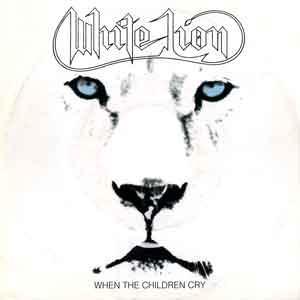In an era of glam metal excess — big hair, loud guitars, and louder lyrics — White Lion did something unexpected. With their 1988 single “When the Children Cry,” the Danish-American band delivered a stripped-down, emotional plea for peace and understanding. And it resonated.
Released as the third single from their Pride album, the song climbed to #3 on the Billboard Hot 100, becoming the band’s biggest hit. While most of their peers were singing about love, lust, and leather, White Lion gave us a moment of quiet reflection — and people listened.
A Song With Something to Say
“When the Children Cry” was written by singer Mike Tramp and guitarist Vito Bratta, and it came from a deeply personal place. Tramp has said the song was influenced both by the global impact of Live Aid and his own upbringing, especially the pain of his father leaving when he was a child.
That honesty runs through every lyric: “You were born into this evil world / Where man is killing man and no one knows just why.”
It was bold, too — especially the line “No more presidents, and all the wars will end.” During the tail end of the Reagan era, that kind of line from a rock band wasn’t typical. But it worked, because it felt real. Tramp wasn’t preaching; he was hurting, hoping.
A Softer Sound with Serious Power
Musically, the song couldn’t have been further from the band’s usual hard rock riffs. It opens with delicate, fingerpicked guitar work from Bratta, who delivered one of the most tasteful solos of the glam metal era — emotional, not flashy. Michael Wagener’s production kept everything clean and focused, letting the message shine.
There’s no full drum kit, no distortion — just vocals, acoustic guitar, and space. It stood out in every way.
A Message That Lasts
The song’s success wasn’t just about a good hook. “When the Children Cry” struck a chord because it said something that felt bigger than the moment. While White Lion had other hits — “Wait” and “Little Fighter” among them — this was the one that left a lasting mark.
Decades later, it still shows up on “best power ballads” and anti-war song lists. It proved that even in a genre known for wild nights and over-the-top style, there was room for heart, vulnerability, and meaning.
“When the Children Cry” wasn’t just a hit — it was a quiet anthem that dared to hope for something better.

